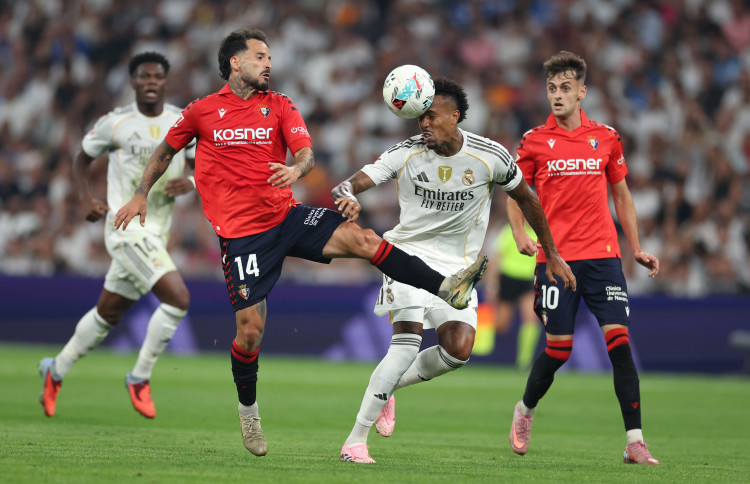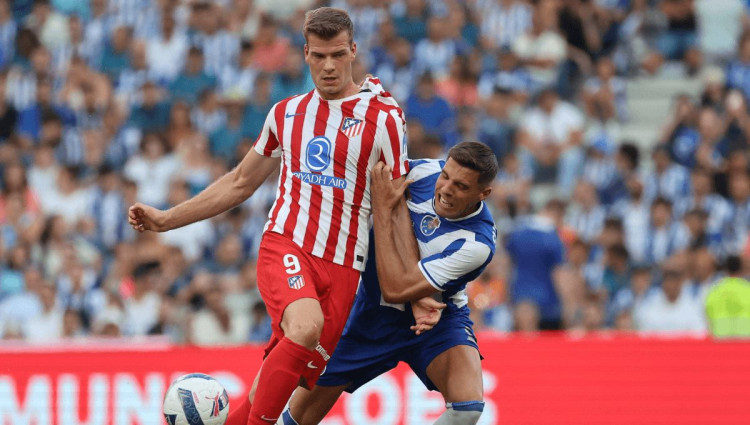
Why Osasuna’s Wide Build-Up Trends Matter Across La Liga
Many mid-table teams in La Liga now use Osasuna’s broad, open build-up as an outline. By pressing full-backs high early on, they stretch their opponents and provide space in the middle for midfielders to go forward and make sharp passes. You could swipe through independent reviews of offshore casinos on your phone while watching the movements, but the idea is that width gives you more choices.
Full-backs who hug the touchline pull defenders wide, which makes diagonal paths available for midfield runners. The lesson for coaches is clear: if you utilise the wings patiently, compact teams have to surrender ground, and you get clearer scoring opportunities.
What Osasuna’s Width Looks Like
The setup starts with both wing-backs getting into high starting positions, usually close to the touchline, long before they get the ball. Because of such a position, the other team’s wingers had to choose between pressing up or staying tight and giving up space down the side.
Fans may look at sportsbooks to see how this impacts foul and corner markets. It is about coordinated movement: width pulls markers, half-space entry open, and teams repeatedly receiving the same routes into the final third.
Why This Shape Helps Mid-Table Clubs
Structure is what makes teams with less individuals equal to other sides. Osasuna’s broad system makes working together easier by giving them patterns to follow repeatedly.
When you lengthen the game, your opponents have to cover more ground, which makes them more likely to make mistakes. A coach could look into football betting before a game, to give them an idea of the general perception of the game, but what counts is on the training field, movement that is easy to foresee and teach. Over the course of a season, such steadiness usually gets you more points than depending on random flashes of brilliance.
How Opponents Try to Counter It
Teams often respond to Osasuna’s structure in two ways: pressing strongly on the centre-backs to force quick clearances or using a tight mid-block that gives up wide areas but blocks interior routes. Coaches are concerned with any tactical changes, such as who presses, when, and how to deal with overloads. High pressing messes with the rhythm of short passes, and the tight block makes full-backs cross with accuracy.
Either answer compels the wide side to change their pace or risk losing the ball, which is why the coach’s in-game changes are so important.
What It Means for La Liga Tactics
Osasuna’s success proves that tactical artistic ability isn’t only for the best teams anymore; structure and discipline can win games for any team. This tendency pushes more teams to focus on systems first and positional coaching instead of one-time flair.
At the midtable level, the league benefits from having more tactical options and fewer results that are easy to predict. That change makes scouting and coaching more in-depth. Now, clubs are ready for how their opponents put together plays instead of just who scores the goals.
The thinking fan and the decline of spontaneity
Supporters say that this wide-build style makes the match pace calmer and easier to read, with patient probing, forced mistakes, and only rare flashes of startling danger. Viewing is more about reading phases than responding to random events. Some fans look at odds sites between games, but the real fun comes from seeing when pressure evolves into a genuine opportunity.
Goals usually seem earned, like the conclusion of a deliberate development rather than a random strike. Fans who like the mechanics of play like the slow buildup of modest advantages, which gives matches a strategic pulse beyond the final score.









